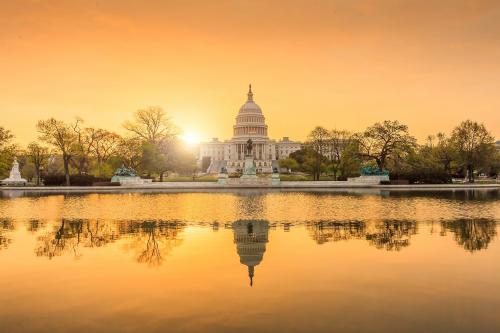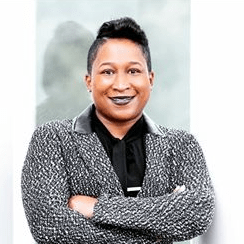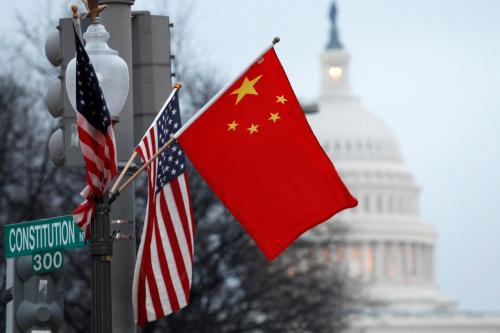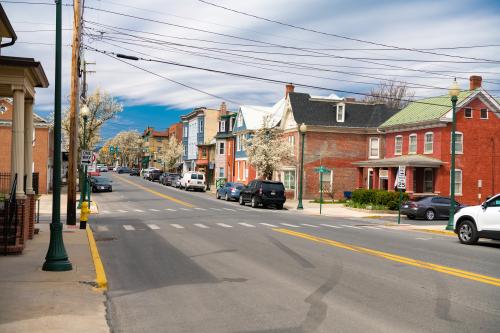The Bureau of Labor Statistics jobs report for June, released today, showed a continuation of the steady economic recovery from the COVID-19 pandemic. Nationally, 850,000 jobs were added last month, while the unemployment rate ticked up slightly, to 5.9%, after falling from 6.1% in April to 5.8% in May.
This recovery, however, continues to be uneven across racial lines. Black workers had June’s highest unemployment rate, at 9.2%. Table 1 and Graph 1 show the U.S. unemployment rate by race for April, May, and June 2021.
Table 1. US unemployment rate by race, April 2021 to June 2021
| Race | April 2021 | May 2021 | June 2021 |
| U.S. | 6.1 | 5.8 | 5.9 |
| White | 5.3 | 5.1 | 5.2 |
| Asian American | 5.7 | 5.5 | 5.8 |
| Latino or Hispanic | 7.9 | 7.3 | 7.4 |
| Black | 9.7 | 9.1 | 9.2 |

Table 2 shows the U.S. unemployment rate by race, gender, and age from June 2020 to June 2021. On average, Black teens ages 16 to 19 had the highest unemployment rate over the 13-month period, at 19.4%, while white men over 20 had the lowest, at 6.1%.


The new jobs numbers come as more Americans receive COVID-19 vaccinations, companies offer bonuses and increased wages to incentivize job seekers, and states cut unemployment benefits.
By July 1, 2021, 155.8 million Americans (or 46%) were fully vaccinated against COVID-19. But there are racial disparities in the percentage of the population that has been vaccinated. According to the Centers for Disease Control and Prevention, of the 57% of people who had received at least one dose of the vaccine and whose race/ethnicity was known, 60% were white, 15% were Latino or Hispanic, 9% were Black, 6% were Asian American, and 1% were Native American.
With increased vaccinations, many states lifted restrictions and fully reopened. On June 11, Illinois fully reopened, lifting capacity limits, social distancing requirements, and mask mandates at most businesses, while bars, restaurants, and other establishments were allowed to resume normal operating hours. By June 15, 70% of New York residents 18 years of age and older had received at least one dose of the vaccine, allowing the state to reopen two weeks ahead of the previously announced July 1 reopening date.
These reopenings led to massive recruitment efforts by businesses seeking workers. In addition to increased wages, companies are offering incentives such as hiring bonuses, educational benefits, and training opportunities to attract and retain workers. Meanwhile, governors in 25 Republican-led states have ended enhanced unemployment insurance benefits ahead of their September 6 expiration, claiming that supplemental funds disincentivize workers from filling open positions.
While June’s 850,000-job increase is promising, the number of people who are not in the labor force but who currently want a job is at 6.4 million—up by 1.4 million since February 2020. These people are not counted in the unemployment rate because they had not actively looked for work within the last four weeks. Racial disparities in unemployment also continue, with Black workers—particularly, Black teens—experiencing the highest unemployment rates. As the recovery continues, employers, government officials, and policymakers must continue to consider Americans who will be impacted by expiring enhanced unemployment benefits, as well as those who are not actively looking for work due to problems in transportation access, a lack of child care, or other issues.
The Brookings Institution is committed to quality, independence, and impact.
We are supported by a diverse array of funders. In line with our values and policies, each Brookings publication represents the sole views of its author(s).








Commentary
Despite June’s positive jobs numbers, Black workers continue to face high unemployment
July 2, 2021